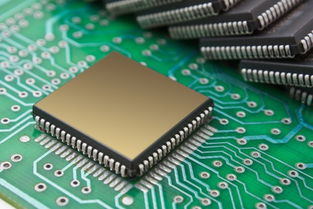What is the application scope of DSP digital signal processor?
DSP digital signal processor is a processor composed of large-scale or very large-scale integrated circuit chips, which is used to complete a certain signal processing task. It is gradually developed to meet the needs of high-speed real-time signal processing tasks. With the development of integrated circuit technology and digital signal processing algorithm, the implementation method of digital signal processor is also changing, and the processing function is constantly improved and expanded.
Before the emergence of DSP digital signal processor chips, digital signal processing can only be completed by microprocessors. However, due to the slow processing speed of microprocessors, they can not meet the high-speed real-time requirements of increasing amount of information. Subsequently, the emergence of DSP chip meets these needs, and the application field has become extensive.
Digital signal processor is not only limited to the audio and video level, it is widely used in communication and information systems, signal and information processing, automatic control, radar, military, aerospace, medical, household appliances and many other fields.

In the past, general microprocessors were used to complete a large number of digital signal processing operations, which was slow and difficult to meet the actual needs; Using bit chip microprocessors and fast parallel multipliers at the same time was once an effective way to realize digital signal processing, but this method has many devices, complex logic design and program design, large power consumption and high price.
The emergence of digital signal processor solves the above problems well. DSP can quickly realize the signal acquisition, transformation, filtering, estimation, enhancement, compression, recognition and other processing, in order to get the signal form that meets people's needs.
Digital signal processor DSP enhances the performance and availability of the vehicle host, improves the audio and video quality, provides more flexibility and faster design cycle. With the development of technology, it is believed that more auditory and visual effects can be provided in the future, making the on-board host become a high-tech information and entertainment center in the car.